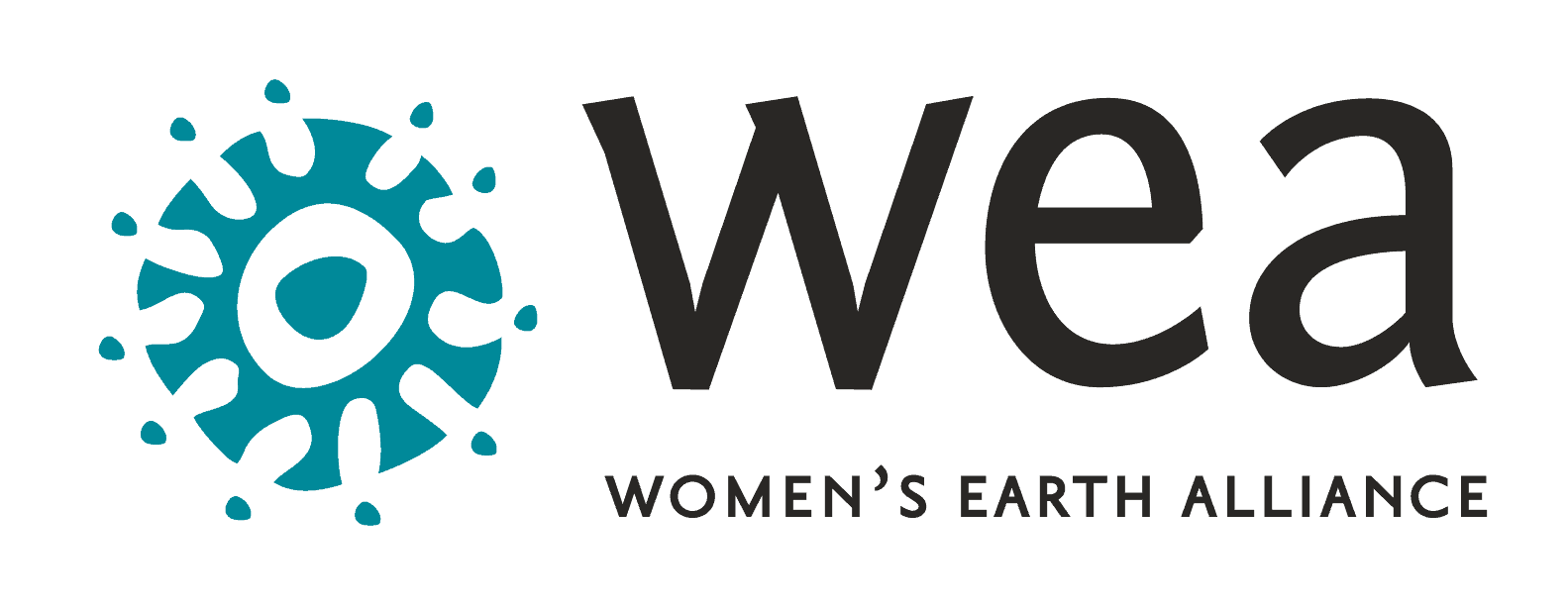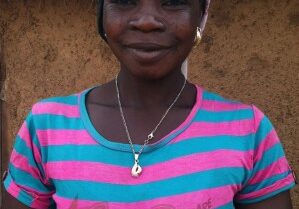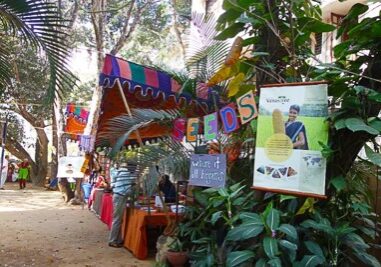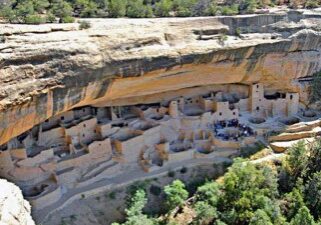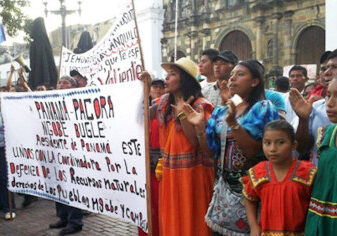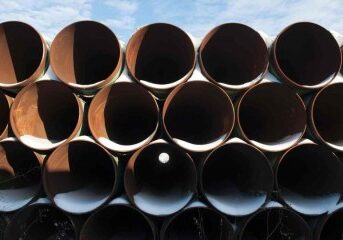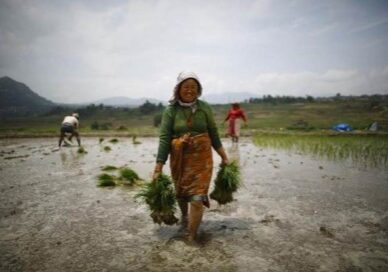- All
- Updates
- WEA Voices
- In the News
Seeking Solar Power Instead of the Grid
For many, electricity is a luxury; it can even be magical. Derrick Terry remembers the first winter when there were lights on at his grandmother’s house. “You see the Christmas lights in the distance, it’s like seeing that unicorn,” he says. “It’s an indescribable feeling, I guess, when you first get electricity.” Many Native Americans…
Women become Entrepreneurs in Ghana through Water
When the nonprofit Saha Global was started by an MIT grad student in 2008, the initial goal was to implement a water business run by women in Kasaligu, northern Ghana. It started with teaching one women, Fati, how to treat contaminated water from her village’s source using locally available materials that were simple to construct. Thus,…
Malnad Mela — A celebration of Seeds
In an event hall in the small village of Sirsi, on the edge of the Western Ghats in the Indian state of Karnataka, more than a hundred women gather to participate in the Malnad Mela, a decade-old festival organized by Vanastree, a seed saving collective of women farmers. These participants, as well as the 800…
A Look into the World of Water in Mali
The Malian village of Diatoula, Mali, a West African country with 4.9 million people, a third of the population, lacking safe water. But 75% of Mali’s people don’t have adequate sanitation. Tara Todras Whitehill, with WaterAid, angles her camera lens at state of water in villages throughout Mali, and across Western Africa, and how people, mostly…
Sacred Land Threatened by Fracking
Chaco Culture National Historical Park, 4,600 square-miles of Anasazi ruins, and other archeological remains of structures over 1,000 years old, is nestled in the San Juan Basin in the four-corners area of New Mexico. It has long been a sacred place for the Navajo, Pueblo and Hopi people. United Nations Educational Scientific and Cultural Organization…
Resistance of Indigenous Women Stretches from North to South
Across the Americas, the plight of Native people, and women in particular, continues to be ignored. From North to South, the systematic state discrimination against women excludes their participation in politics, discourages their participation in movements through the threat of violence, and belittles not only their political demands but also their very lives. 1,200 indigenous women…
Women vow to save forests
In the small northern community of Lahaul Valley in the Himalaya, 139 ‘mahila mandals‘, women groups, in all but one of the 28 panchayat, or village councils, have vowed to save the forests. This gorgeous forest valley lies between 13,000 and 20,000 feet above sea level, and to ensure their continued survival, the community members have…
Keystone XL Pipeline: The Effects on the Environment and Indigenous People
“I urge our allies to stand with Native people, heed our call for systemic change to how we create and utilize energy and the policies that regulate both, support our right to self-determination, and join our movement to protect the territorial integrity and sacredness of Mother Earth.” …
Meet our Fall Interns!
As we all shut down our computers and close our office doors to get ready for the holiday weekend, we at WEA are once again reminded of how so much of our work would not be possible without the support of our rockstar team of interns. So to kick off our gratitude-sharing festivities, we’re sending…
Women with Land Boost World Agriculture Output
Researchers are concluding what many have known for a very long time. That women are central to the production of food across the globe, but receive drastically fewer resources than their male counterparts. In the developing world, women produce almost half of the food grown. But according to the UN Food and Agriculture Organization, they…
